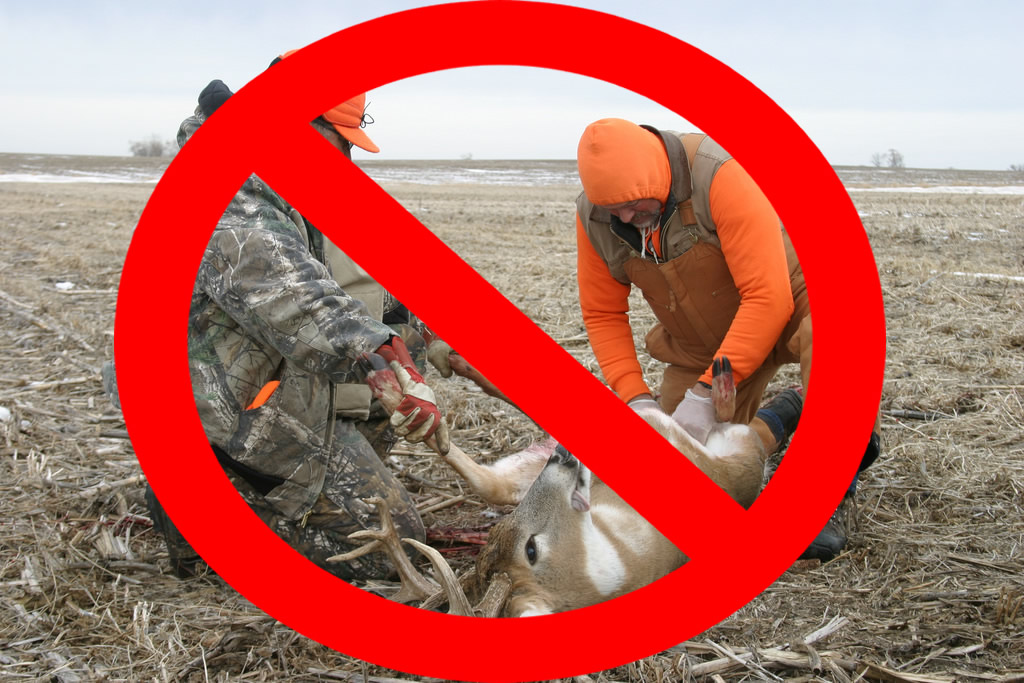Deer hunting has long been a contentious subject, stirring passionate debates among various factions within society. Some regard it as a traditional pastime deeply rooted in cultural heritage, while others view it as an egregious act of animal cruelty. This divergence in beliefs raises a poignant question: should deer hunting be considered a form of animal cruelty? Analyzing this question requires a comprehensive exploration of ethical frameworks, biological implications, cultural contexts, and alternative solutions for wildlife management.
To understand the complexity surrounding this issue, it is vital to start with definitions. What constitutes animal cruelty? At its core, animal cruelty can be defined as the infliction of suffering or harm upon animals, often leading to unnecessary pain, distress, or death. With this framework in mind, we confront the act of hunting, which involves tracking, killing, and often field-dressing of game animals, such as deer. The crux of the matter lies in understanding whether hunting constitutes unnecessary suffering or is a necessary practice for population control and ecological balance.
At the heart of the animal rights movement is the assertion that animals possess intrinsic rights, paralleling, in some respects, human rights. Proponents of this view argue that deer, like all sentient beings, experience a spectrum of pain and pleasure, suggesting that hunting animals for sport or leisure inflicts unjustifiable suffering. The capability of deer to feel pain is well-documented; they exhibit stress responses similar to those of humans when exposed to traumatic situations. Observations have shown deer bolting in panic when chased, exhibiting signs of distress when hunted, thereby reinforcing the argument that hunting may inherently involve cruelty.
However, a counter-argument emerges from the perspective of ecological management. Many wildlife biologists assert that regulated hunting serves as a pragmatic means of deer population control, particularly in areas where natural predators have declined or been eradicated. Without hunting, deer populations can grow exponentially, leading to overgrazing and habitat destruction, which consequently endangers other species and degrades the ecosystem. In this context, hunting can be perceived not as an act of cruelty but rather as a necessary intervention to maintain ecological balance.
Yet, the concept of necessity raises further ethical considerations. Is it ethical to inflict harm, even for a purportedly beneficial cause? Critics argue that alternatives exist, such as contraception for deer populations, habitat restoration efforts, and the strategic relocation of herds. These approaches are posited as more humane solutions that allow for the continued existence and welfare of deer without the death toll that accompanies hunting. Implementing alternative strategies, however, poses its own challenges, including logistical obstacles and public perception, complicating the dialogue surrounding the morality of hunting.
Another layer of complexity arises when considering cultural perspectives on hunting. For many, particularly indigenous peoples and rural communities, hunting is not merely a sport but a cultural rite intertwined with identity and survival. For these groups, taking part in hunting practices is a way of life, often supplemented by a deep respect and understanding of the animals hunted. The cultural significance can’t be overlooked, leading to the question of whether ethical judgments about hunting should be made through a universal lens or contextualized within diverse cultural backgrounds.
Furthermore, hunting is often romanticized. The notion of the “noble hunter” evokes imagery of prowess and skill, raising questions about societal values favored in this narrative. This exaltation of hunting as a noble pursuit may obscure the brutal realities involved in the act. Each deer hunted represents not just a kill in a sport, but a life extinguished, drawing attention to the need for an honest discussion about our relationship with nature and animals.
In addition to ethical and ecological reflections, the effects of hunting on populations should be emphasized. Unregulated hunting can lead to a cascade of consequences, disrupting the social structures of deer herds and creating prolonged suffering. For instance, orphaned fawns may face starvation or predation after a mother is removed from the herd. A consequentialist examination suggests that an act which triggers a domino effect of harm cannot be easily justified.
Moreover, the realities of modern hunting often detach the act from its more traditional roots, with technological advancements influencing practices. The use of high-powered rifles, baiting, and advanced tracking devices raises ethical questions about fair play. When these modern enhancements intersect with the age-old tradition of hunting, the line between sport and ethical treatment of animals becomes increasingly blurred.
So, where does this intricate debate lead us? The question of whether deer hunting should be classified as animal cruelty does not lend itself to a straightforward answer. Rather, it illuminates the need for deeper introspection about societal values, ethical frameworks, and our relationships with the animal kingdom. Engaging in this discourse encourages a broader dialogue about wildlife management and humane practices, urging us to consider alternatives that respect both human and animal life.
Ultimately, striking a balance between tradition, culture, and ethics requires a commitment to empathy and understanding—pushing us to reflect on our roles within the ecosystems we inhabit. As we seek to answer this question, it is imperative to remain open to dynamic perspectives and strive for solutions that honor the sanctity of all life. The path forward may not be easy, yet it is a journey worth undertaking for the sake of both humanity and the natural world.








